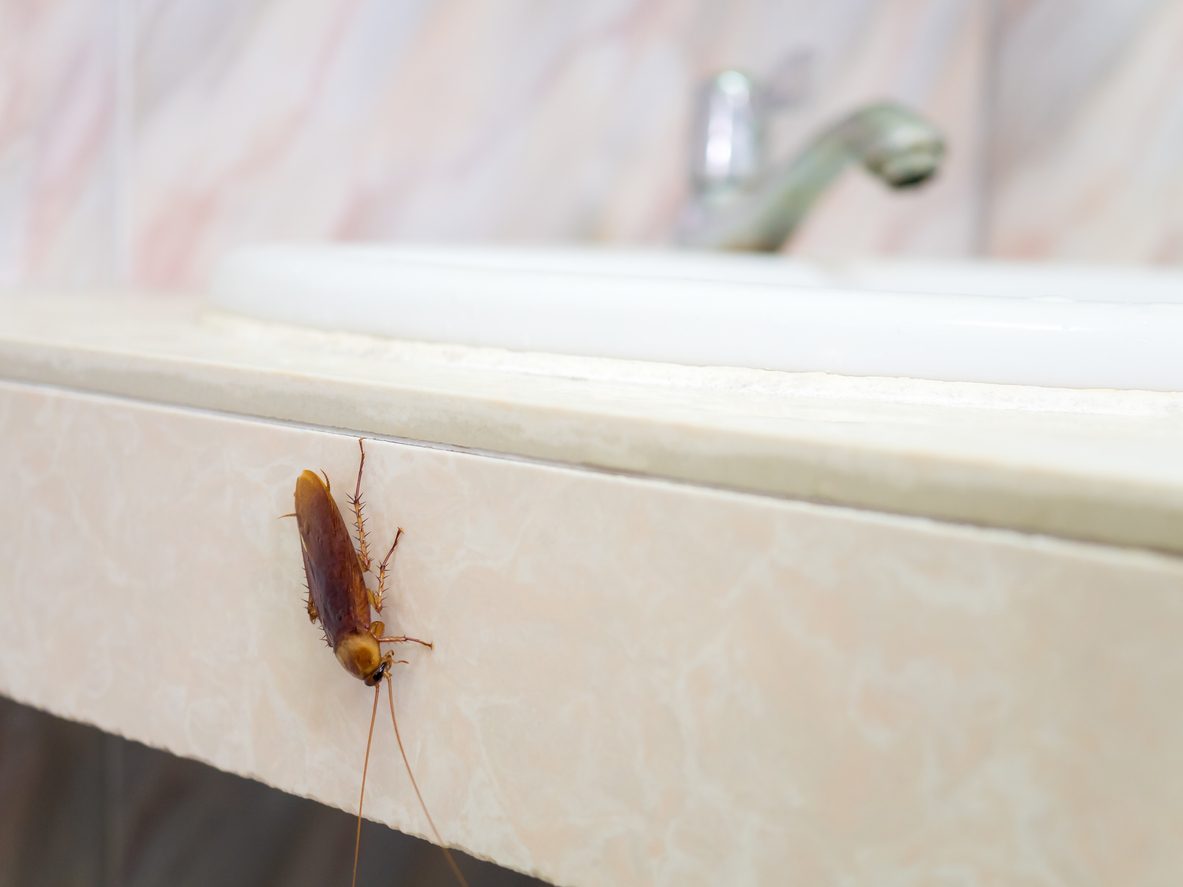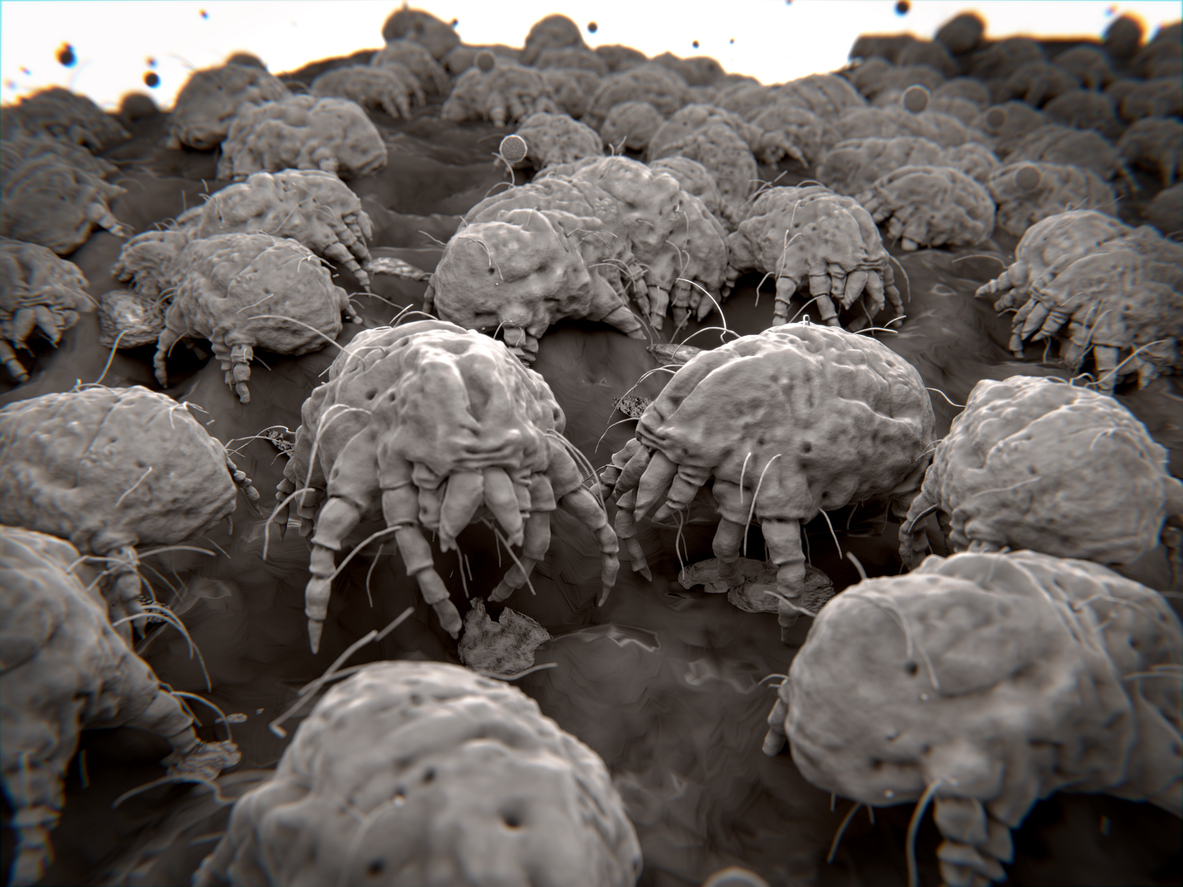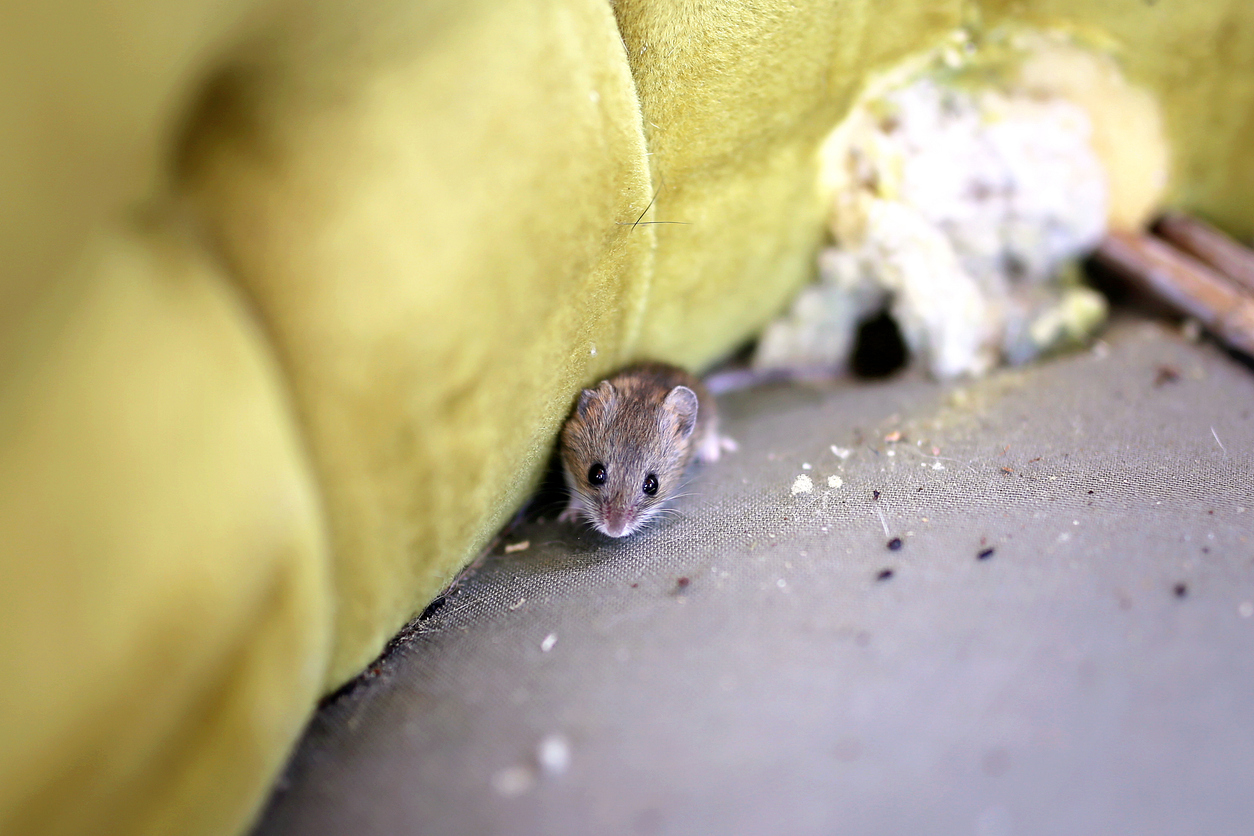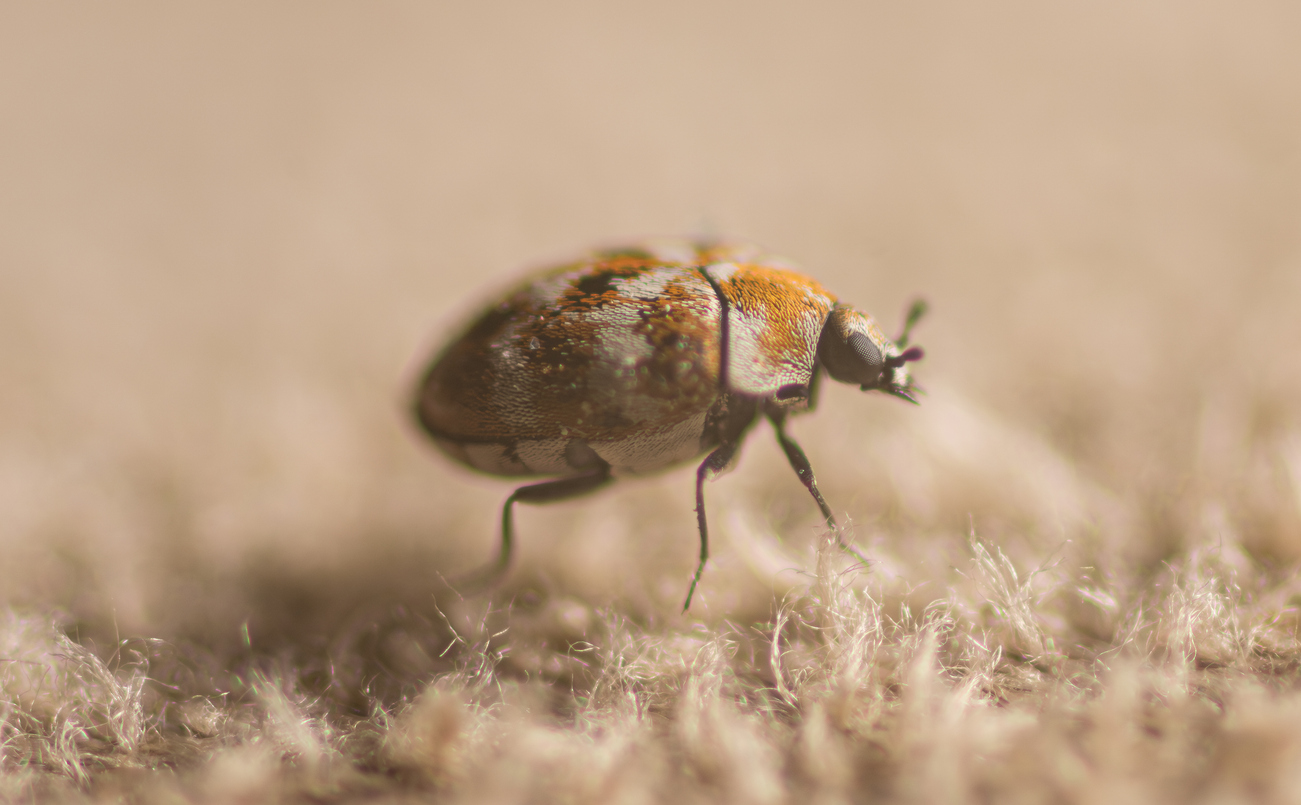Meet the Pests Behind Your Spring Sneezing
When allergy season hits, most of us point fingers at blooming trees and rising pollen counts. And while pollen is a major culprit, it may not be the only thing making you sniffle.
Believe it or not, certain pests can make allergy symptoms worse or even cause them in the first place. If your eyes are itchy, throat is scratchy, or asthma is flaring up this spring, it might be time to look beyond the flowers. Here are some of the most common allergy-inducing pests and how to keep them in check.
 Cockroaches
Cockroaches
These pests aren’t just a nuisance — they’re one of the leading causes of indoor allergies. Cockroach saliva, droppings, and even shed body parts contain proteins that can trigger allergic reactions. Once these particles get into the air, they settle in fabric, carpets, and dust, making them easy to inhale.
People with a cockroach allergy may experience symptoms like sneezing, congestion, itchy eyes, or asthma flare-ups. And because cockroaches tend to hide in warm, damp areas like kitchens and bathrooms, they can quietly contribute to ongoing issues without being detected.
Cockroaches are persistent pests, and even small crumbs can be enough to attract them. To keep them out, deep-clean your kitchen, store food in sealed containers, and fix any water leaks that are bringing moisture into your home. If you think a cockroach allergy is really what’s making you sneeze, you may need professional help. Our cockroach control services are designed to take on even the toughest infestations.
 Dust Mites
Dust Mites
Invisible to the naked eye, dust mites are a common indoor allergen. These tiny, eight-legged arachnids are light enough to float through the air and enter your home. They can also hitch a ride on clothing or pet fur, making it easy for them to spread from room to room.
Dust mites thrive in bedding, upholstery, and carpets, where they feed on dead skin cells. If you have a dust mite allergy, everyday activities like making the bed or fluffing a pillow can trigger symptoms. Prolonged exposure can even lead to asthma caused by bugs or worsen existing respiratory conditions.
To get rid of dust mites, wash your bedding in hot water and use a vacuum with a HEPA filter on your carpet. There are even dust-mite-proof covers you can put on mattresses and pillows so you can get cozy without coughing.
 Mice
Mice
Think mice are just a fall and winter problem? Think again. Mice can be active year-round, especially in garages, attics, or basements — and they bring more than just droppings.
Allergens from mice can be found in their urine, dander, and even nesting materials. These particles can become airborne and worsen asthma, particularly in kids and those with sensitive respiratory systems.
To keep mice out of your home, seal up entry points around doors and windows. Food is usually what draws them in, so storing pantry staples like cereal and rice in airtight containers can help keep them out.
 Carpet Beetles
Carpet Beetles
Most people aren’t allergic to carpet beetles, but if you are, the symptoms can easily be mistaken for a pollen reaction this time of year.
Carpet beetles are often harmless, but their larvae shed tiny hairs that can cause rashes, sneezing, or itchy eyes. These beetles love natural fibers like wool and silk, and they’re usually found in closets, rugs, and behind furniture.
Vacuuming in areas where dust and lint collect and washing any stored clothes can help deter carpet beetles. A thorough spring cleaning job can also help keep these pests — and the sneezing — under control.
Breathe Easier This Allergy Season
If your allergy symptoms just won’t let up, it may be time to take a closer look at what’s really going on. Arrow Exterminators can help uncover any hidden pest problems and make your home a safer place to live. Contact us for a thorough inspection and a sneeze-free spring.






 YouTube
YouTube Facebook
Facebook Twitter
Twitter